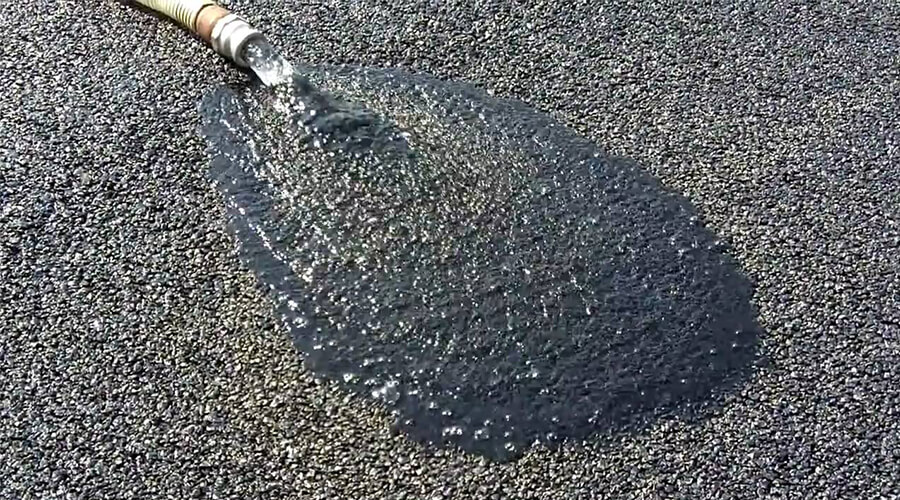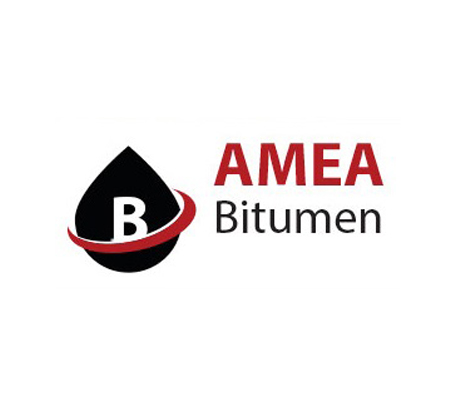Asphalt is an exceptionally durable, versatile, and resilient paving material worldwide. However, despite its numerous advantages, asphalt is not impervious and necessitates regular care and maintenance, beginning with proper construction and application. Neglecting the essential upkeep and repair of asphalt can result in a series of issues related to wear and tear over time. Presented below is a compilation of the most prevalent asphalt paving problems along with effective solutions to address them.
Asphalt Pavement Problems and Failures + Possible Solutions
Here are the asphalt pavement defects and what to do to fix them:
Alligator Cracking
Alligator cracking, as the name suggests, refers to a distinctive pattern of hairline fractures that intersect in a lattice-like manner, resembling the dry and cracked skin of an alligator.
Ignoring this type of cracking will only exacerbate the deterioration over time, especially with the continuous passage of vehicles of various sizes and weights on the pavement. Ultimately, alligator cracking can progress into more troublesome potholes, which are costlier and more challenging to fix.
Possible Solution
Alligator cracking typically indicates an underlying structural issue that necessitates careful investigation. No mere superficial repair will suffice. Depending on the extent and depth of the damage, the most effective approach involves removing the affected section of the asphalt (if localized), compacting the base aggregate, and subsequently patching the area. In cases where the cracking has spread extensively across the pavement, a complete asphalt overlay may be necessary.

Longitudinal Cracking
Longitudinal fractures, known as linear cracking, extend along the entire length of the pavement, either down the centerline or slightly off-center, from one end of the structure to the other. These cracks typically occur because of pavement fatigue caused by aging, excessive usage, or inadequate maintenance.
Possible Solution:
To prevent water infiltration and further deterioration, small longitudinal cracks measuring half an inch or less in depth and width can be easily sealed or patched. However, larger cracks necessitate a comprehensive approach that involves replacing the asphalt with a new aggregate after removing the damaged surface area.
Transverse Cracking
Transverse cracks, which develop perpendicular to the centerline of the asphalt structure, usually follow the direction in which the aggregate was initially laid. Similar to certain longitudinal cracks, transverse cracks can be attributed to substandard construction or the presence of reflective cracks beneath the surface or near the foundation of the asphalt pavement.
Possible Solution
The repair process for transverse cracking in asphalt pavement is the same as that for longitudinal cracking.
Edge Cracking
This type of asphalt pavement failure occurs at the corners or near the edges of the pavement and gradually extends toward the center. This typically occurs because of a weak foundation or inadequate support along the outer edges of the pavement.
Possible Solution
Repairing edge cracking is generally a straightforward process. Minor cracks can be effectively sealed or filled using either a hot or cold patch. However, it is essential to address the underlying issue of inadequate support to avoid future cracking. This aspect requires more extensive efforts and attention.
Block Cracking
This asphalt paving problem refers to the occurrence of cracks in a large square or rectangular pattern on your asphalt pavement. This type of asphalt cracking is typically caused by a weak binding agent in the asphalt aggregate. Once block cracking initiates in one area, it can easily spread throughout your parking lot, leading to more severe damage such as potholes.
Possible Solution
To fix smaller block cracks that cover an area of 1.2 inches or less, you can apply a sealer or perform a simple patch job. This helps prevent the cracks from widening and prevents moisture or debris from entering. In addition, applying a seal coat to the surface area provides added protection. For larger cracks, it is better to seek help from professional experts.
Joint Reflection Cracking
This defect is a common issue in asphalt pavements, caused by changes in temperature and moisture levels in the subbase. These fluctuations can cause the underlying Portland cement concrete (PCC) slabs to shift, resulting in surface cracks. These cracks typically emerge above the internal pavement joints and can rapidly spread across the asphalt surface.
Possible Solution
For this asphalt pavement problem, minor joint reflection cracks near the pavement surface can be easily fixed by applying a patch or sealer. However, for larger cracks that are widespread throughout the pavement, a more extensive solution is required. This involves a complete overhaul of the asphalt and repaving using a stronger aggregate.
Slippage Cracking
Slippage cracks, resembling crescents or half-moons, occur when there is inadequate cohesion and compaction between two distinct layers of asphalt pavement. This issue arises when a surface repair is executed improperly, with new asphalt placed on top of existing or foundational asphalt aggregate without ensuring a seamless integration of the two mixtures.
Possible Solution
The only effective approach to rectify slippage cracking is to partially or completely remove the affected asphalt and replace it with new aggregate.
Potholes
Initially, potholes emerge as small cracks that gradually expand upon encountering various environmental factors like weather conditions or continuous usage of asphalt pavement. As time passes, moisture and debris can infiltrate the surface, leading to internal damage resembling a tunneling effect.
Possible Solution
Depending on the size, depth, and severity of the pothole, asphalt pavement sealing contractors employ various repair methods, including infrared asphalt patching, spray patching, or complete removal and repaving of the asphalt.
Bird Baths
Dips and depressions, commonly known as bird baths, serve as indicators that your asphalt pavement may possess weak spots or a fragile structural foundation, lacking support in certain areas. This occurrence can be attributed to substandard construction, excessive load capacities that surpass the structural support system’s capabilities, or simply the natural process of aging coupled with inadequate maintenance.
Possible Solution
To repair this asphalt paving problem, it is crucial to identify the root cause of the asphalt deterioration. Subsequently, if the damage is minimal, you can opt to patch the affected area.
Unraveling (highly permeable asphalt)
Unraveling refers to the continuous separation of aggregate particles within a pavement, either from the surface downwards or from the edges inwards. Typically, the fine aggregate is the first to wear away, leaving behind small indentations on the pavement surface. As the erosion persists, larger particles become dislodged, resulting in a rough and jagged appearance characteristic of surface erosion.
Possible Solution
A possible remedy for this asphalt failure is to apply a thin layer of hot-mix overlay. Other alternatives may include implementing a sand seal, chip seal, slurry seal, or micro-surfacing technique.
Rutting
Rutting is a result of inadequate compaction of asphalt during the construction phase. When asphalt is initially applied, it is crucial for the different layers to blend to create a consistent, flexible, and permeable mixture. If the asphalt aggregate is too inflexible, it fails to contract and expand properly, leading to cracks.
Possible Solution
To resolve minor rutting, a simple sealer or patch can be used. However, for severe rutting, a comprehensive asphalt overlay is necessary to address the underlying cause of the problem.
Shoving
Shoving refers to the formation of undulations on a pavement surface, resembling ripples. This particular type of pavement distress is sometimes referred to as washboarding. Shoving typically occurs at specific locations with intense horizontal stresses, such as intersections. To rectify this issue, a partial or full-depth patch can be implemented.
What to Do Before Asphalt Paving Failure Repair
Oil stains can pose a significant problem on the new Sulfonated asphalt coating. It is crucial to clean these areas before fixing asphalt paving problems because oil and chemicals can permeate the newly applied material, rendering the sealed surface ineffective. Inadequately maintained parking lots frequently experience grass growth through cracks. It is essential to incorporate the practice of cleaning these cracks before sealing them.
Any substances that accumulate between the asphalt and the sealer must be thoroughly removed. Failure to do so will hinder the proper adhesion of the sealer to the asphalt, resulting in eventual peeling off, possibly sooner rather than later.
One natural material that can significantly enhance the quality and durability of asphalt is Gilsonite. By improving the binding and resistance of asphalt against cracking and wear, Gilsonite helps extend the lifespan of pavements and parking lots. Incorporating Gilsonite into asphalt mixes, especially in areas with heavy traffic or extreme temperature fluctuations, provides an effective and economical way to prevent common asphalt failures
In summary, challenges with asphalt paving can emerge from a range of causes. It is of utmost importance to promptly consider these asphalt pavement problems and solutions to prevent further deterioration and costly repairs. Patching, sealing, overlaying, and, in certain instances, complete removal and repaving are some of the solutions that can be applied to fix asphalt paving failures. By implementing these solutions and taking preventive measures, the durability and resilience of asphalt can be preserved, thereby extending its lifespan and minimizing future complications.






